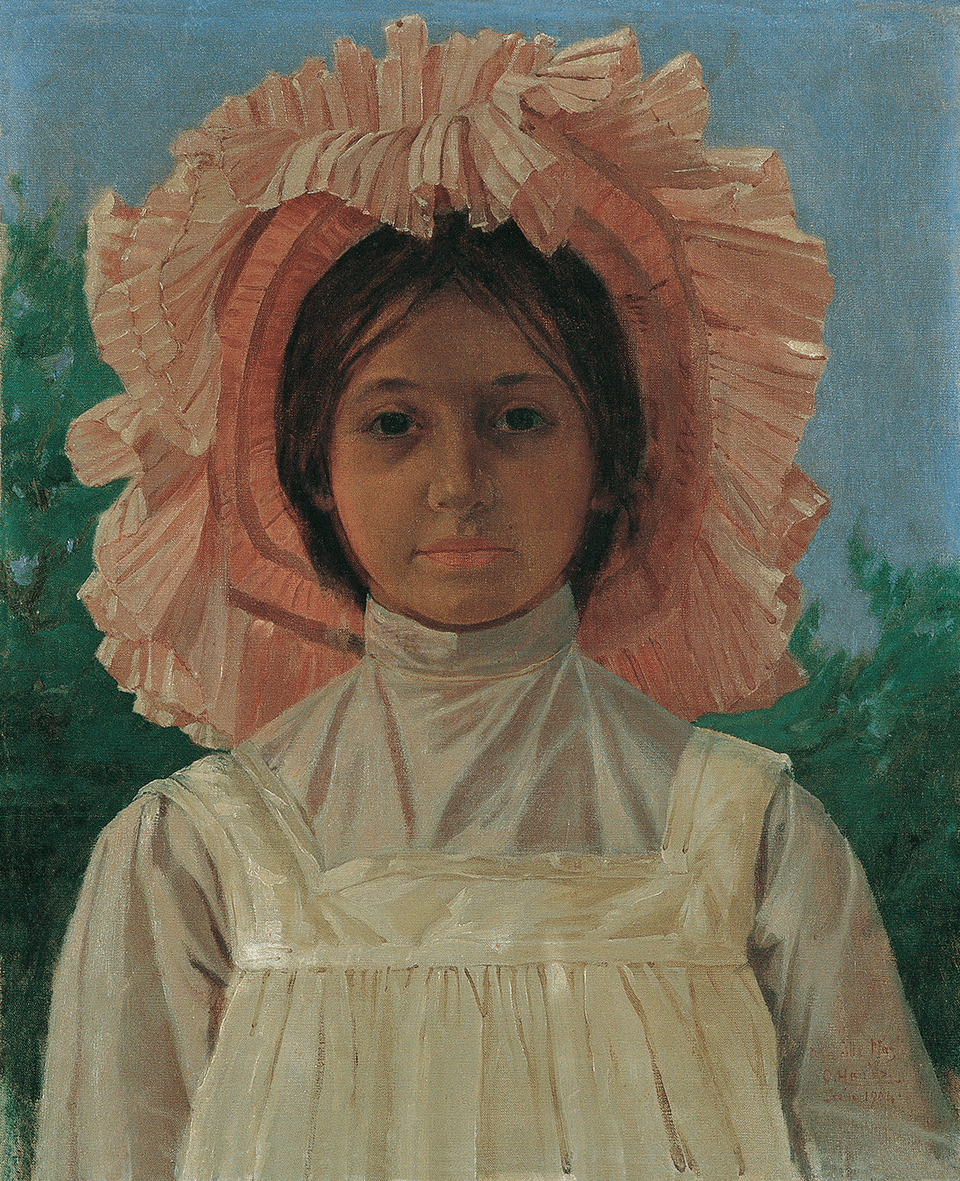Pera Kids
Ages 7-12
How did people use to shop? How did they measure the commodities they were buying? After a guided tour of the exhibition, we explore the types of weights Anatolian merchants used in the past. Then we take a detailed look at weight units made of lead, which depict urban legends and other stories, and then design our own weights using ceramic clay. Through this workshop, we learn about weights used in Anatolia over the centuries while developing our dexterity and imagination.
Related Exhibition: The Art of Weights and Measures
Materials
Clay Dough
Clay Modelling Kit / Wooden Sticks / Toothpicks Poster Paint
Acrylic Paint
Brush
Water
Water Container
Protective Tablecloth
Ages: 7-12
Duration: 45 minutes
Admissions free, reservation required.
The event will be held via the Zoom Meeting app.
We ask that participants bring their own materials to be used in the workshops.
After the event, participants will receive a certificate of participation via e-mail.
Capacity: 60 people
For detailed information: ogrenme@peramuzesi.org.tr
Our quota is full, thank you for your interest.

The Suna and İnan Kıraç Foundation’s Orientalist Painting Collection includes two children’s portraits that are often featured in exhibitions on the second floor of the Pera Museum. These portraits both date back to the early 20th century, and were made four years apart. One depicts Prince Abdürrahim Efendi, son of Sultan Abdulhamid II, while the figure portrayed on the other is Nazlı, the daughter of Osman Hamdi Bey.
Tuesday - Saturday 10:00 - 19:00
Friday 10:00 - 22:00
Sunday 12:00 - 18:00
The museum is closed on Mondays.
On Wednesdays, the students can
visit the museum free of admission.
Full ticket: 300 TL
Discounted: 150 TL
Groups: 200 TL (minimum 10 people)